How to Help Monarch Butterflies: 6 Easy Ways to Make a Difference
Let's talk about monarch butterflies. You know, those orange-and-black beauties that look like tiny flying works of art? Well, they're in trouble. And not just an "Oops, I forgot to water my plant" kind of trouble — more like an "endangered species, population dropping, might disappear if we don't do something" level of trouble.
But don't worry! This isn't a doom-and-gloom article. With a few simple changes in your yard, garden, or even balcony, you can help monarchs survive and thrive. And let's be honest — helping butterflies makes you at least 12% more magical as a person. (This is a totally made-up statistic, but it's still probably true.)So, let's look at what's happening to these pollinators and discover how to help monarch butterflies.

Why Monarch Butterflies Need Your Help
Monarchs aren't just pretty. They are pollinators, long-distance travelers, and the ultimate comeback story waiting to happen. Every year, monarchs migrate thousands of miles from Canada to Mexico (which is probably more commitment than most of us have to our gym memberships). But their population has taken a serious hit over the past few decades.
The Biggest Threats to Monarchs
- Habitat Loss – Monarchs need specific plants to survive (more on that in a second). However, widespread urbanization, deforestation, and industrial farming have bulldozed many of their hangout spots.
- Pesticides & Herbicides – The chemicals used to keep weeds and pests away also wipe out the milkweed plants that monarch caterpillars rely on. No milkweed = no monarchs.
- Climate Change – Warmer temperatures and unpredictable weather patterns can throw off their migration timing and make it harder to find food.
Here's the good news: You don't need to be a scientist or own acres of land to make a difference. You just need a little space (even a flower pot will do) and a willingness to be the butterfly's biggest fan.

6 Simple Ways to Help Monarch Butterflies
1. Plant Milkweed (It's Basically Monarch Baby Formula)
Monarch caterpillars don't eat just anything. They're picky little eaters who only munch on milkweed. No milkweed, no monarchs. It's that simple.
What You Can Do:
- Plant native milkweed species (this is important — some non-native species can do more harm than good).
- If you're unsure which type is best for your area, check out resources like the Xerces Society or Monarch Watch.
- Avoid tropical milkweed, which can mess with their migration patterns.
Don't have a yard? No worries! Milkweed grows well in pots, too. Balcony butterfly garden, anyone?
2. Go Big on Nectar-Rich Flowers (Monarchs Love a Good Buffet)
Monarchs aren't just about milkweed — they also need nectar to fuel their long migrations. Think of nectar as their version of a road-trip snack.
Monarch-Approved Flowers:
- Coneflowers
- Black-eyed Susans
- Bee balm
- Goldenrod
- Zinnias
- Asters
Pro tip: Plant a variety that blooms at different times of the year so monarchs always have something to snack on.

3. Skip the Pesticides (Butterflies Don't Like Poison — Go Figure)
A butterfly-friendly garden is a pesticide-free garden. Many insecticides and herbicides meant to target pests also harm butterflies, caterpillars, and the plants they need, plus they're bad news for other pollinators such as bees and hummingbirds.
What You Can Do:
- Use natural pest control methods (such as ladybugs, neem oil, or letting nature take its course).
- If you must use pesticides, choose pollinator-friendly ones and apply them carefully, avoiding plants that monarchs visit.
- Leave milkweed alone — it's meant to look a little wild!
4. Create a Monarch Waystation (Basically a Butterfly Pit Stop)
Monarchs migrate a lot. They need safe places to rest and refuel along the way, which is why Monarch Watch encourages people to create certified Monarch Waystations. These gardens provide food, shelter, and a place for monarchs to lay their eggs.
How to Make One:
- Plant milkweed + nectar flowers (check!).
- Keep it free of pesticides (double-check!).
- Ensure there's a mix of plant heights and places to hide from predators.
- Register your waystation with Monarch Watch for official butterfly-saving bragging rights.

5. Be a Lazy Gardener (Good for You, Good for Monarchs)
Here's an excuse to put down the rake: butterflies (and other pollinators) benefit from a little garden mess.
What This Means:
- Leave dried leaves and plant stems over winter — monarchs and other insects use them for shelter.
- Avoid mowing your lawn or clearing out wildflowers until late spring, when butterflies and bees emerge.
- Let some parts of your yard stay "wild"— even a small patch of overgrown plants can make a difference.
See? Helping butterflies is the best excuse for being a little lazy.

6. Spread the Word (Butterflies Love Influencers Too)
Maybe butterflies aren't on social media, but the people who can help them are. The more people know about the monarch's struggle, the more chances we have to turn things around.
What You Can Do:
- Share photos of your butterfly garden on social media and discuss why it matters.
- Encourage friends, schools, and local parks to plant milkweed and nectar flowers.
- Support organizations working to protect monarchs, like the Monarch Joint Venture.
Bonus points if you casually drop monarch facts into conversations. Example:
Friend: "What's up?"
You: "Just thinking about how monarch butterflies can travel up to 3,000 miles but still struggle to find food because we keep destroying their habitat. You?”

The Bottom Line: Every Little Bit Helps
These pretty pollinators have been doing their thing formillions of years, and it'd be a real shame if we let them disappear on our watch. Luckily, now you know how to help monarch butterflies, you'll know the solution isn't complicated — plant milkweed, add nectar flowers, ditch the pesticides, and tell your friends.
So, what do you say? Ready to be a monarch hero? Because they could use one right now.
P.S. If you plant milkweed and start seeing monarch caterpillars, don't panic when they disappear! They're just off doing their cocoon thing. Soon enough, you'll have brand-new butterflies flitting around — because you made it happen.

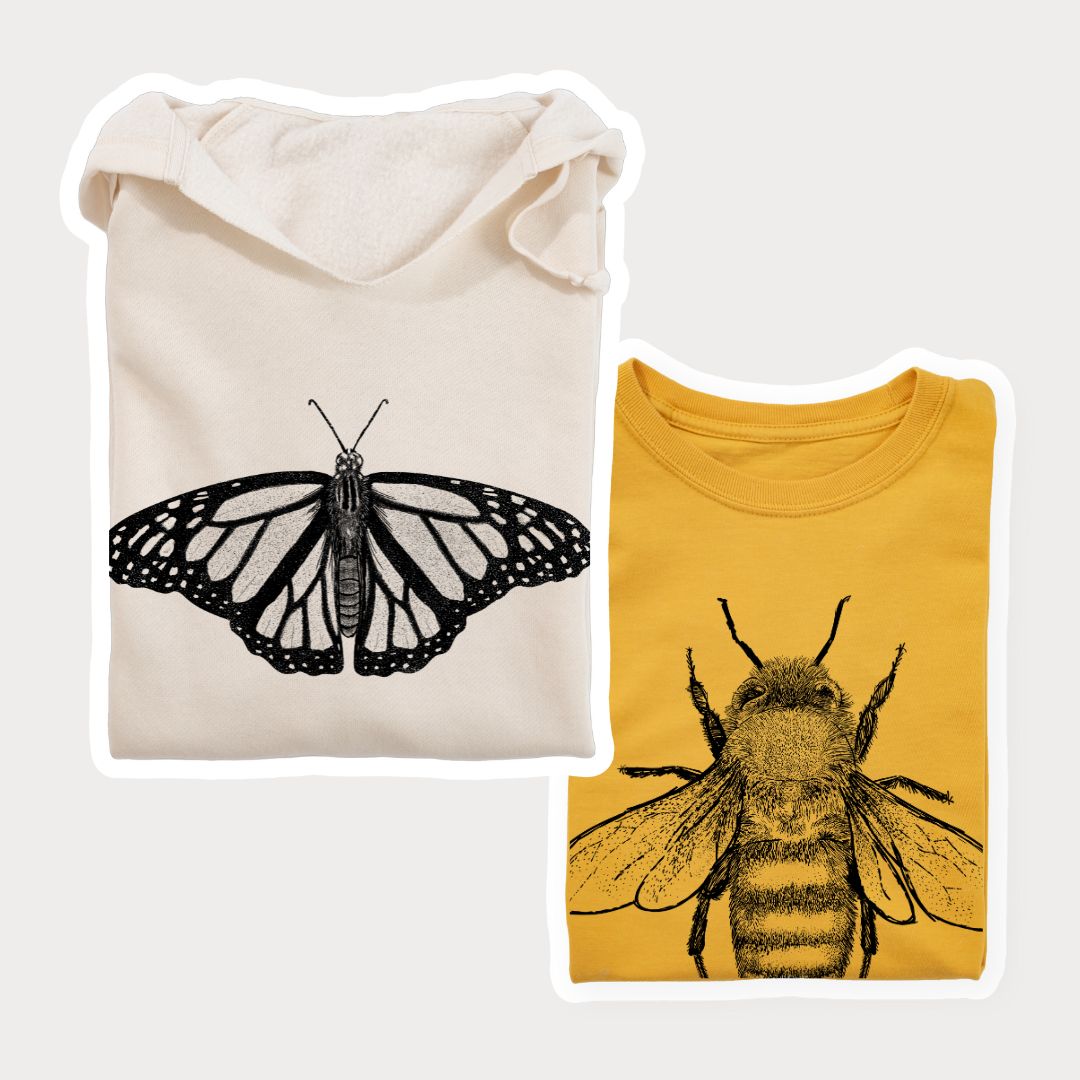

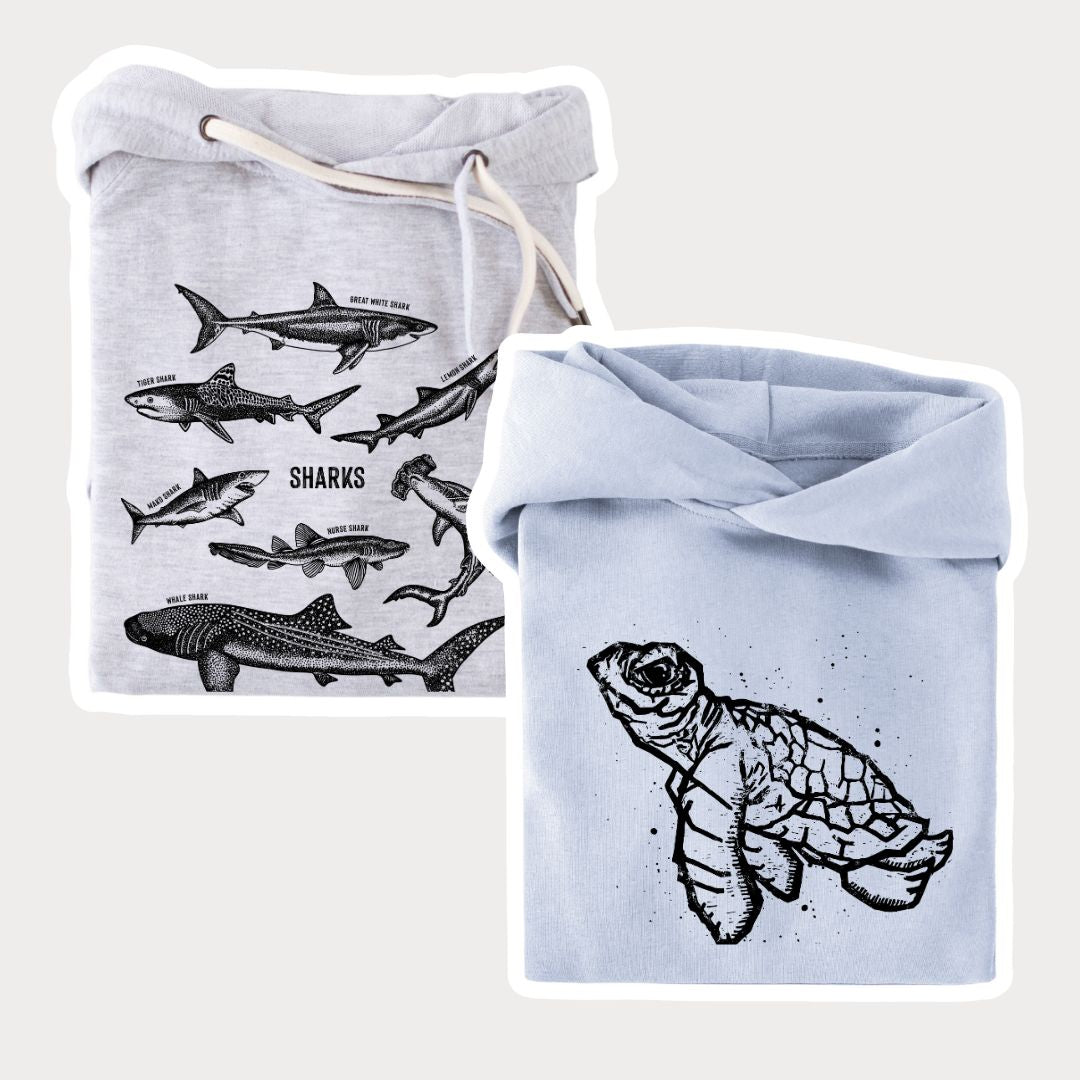
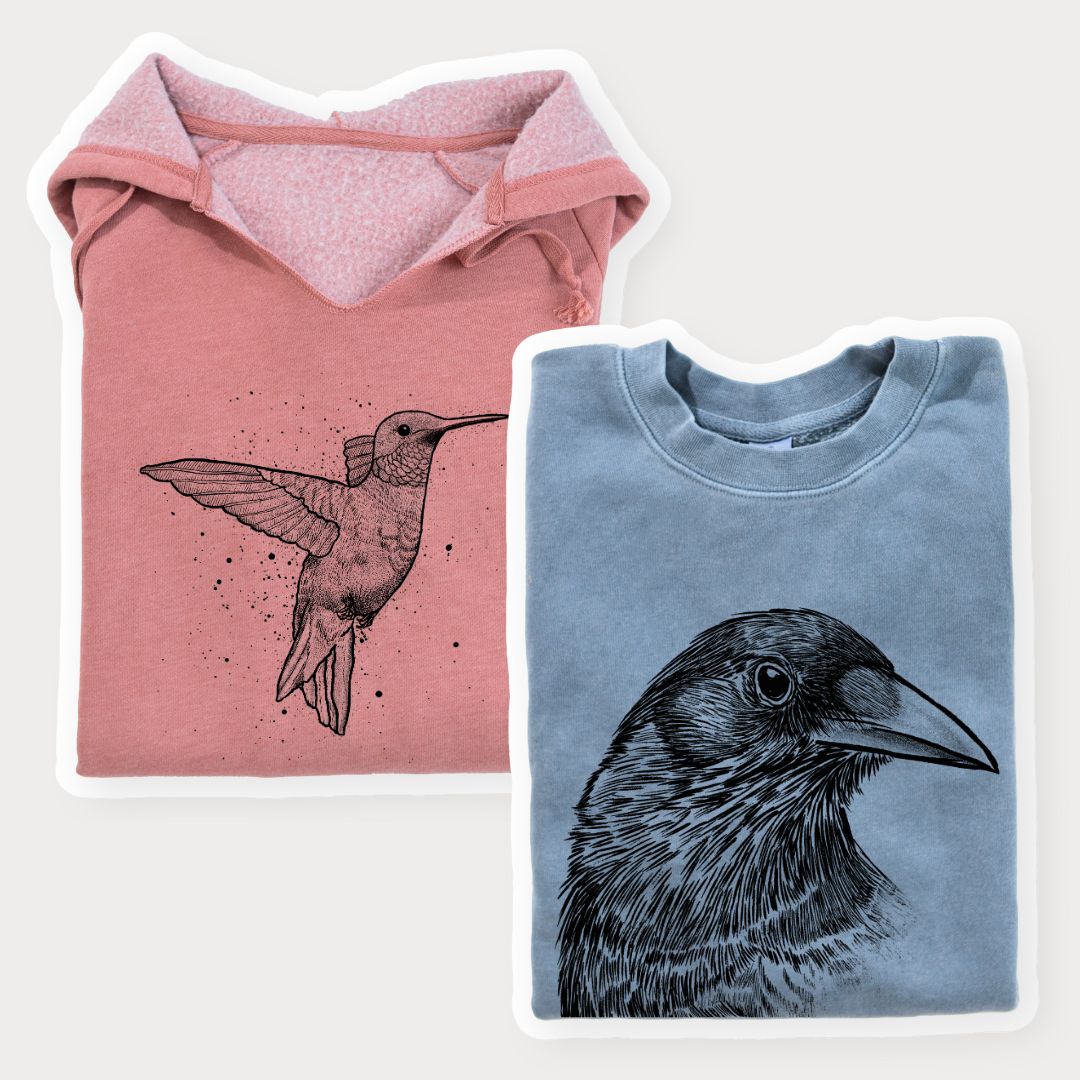
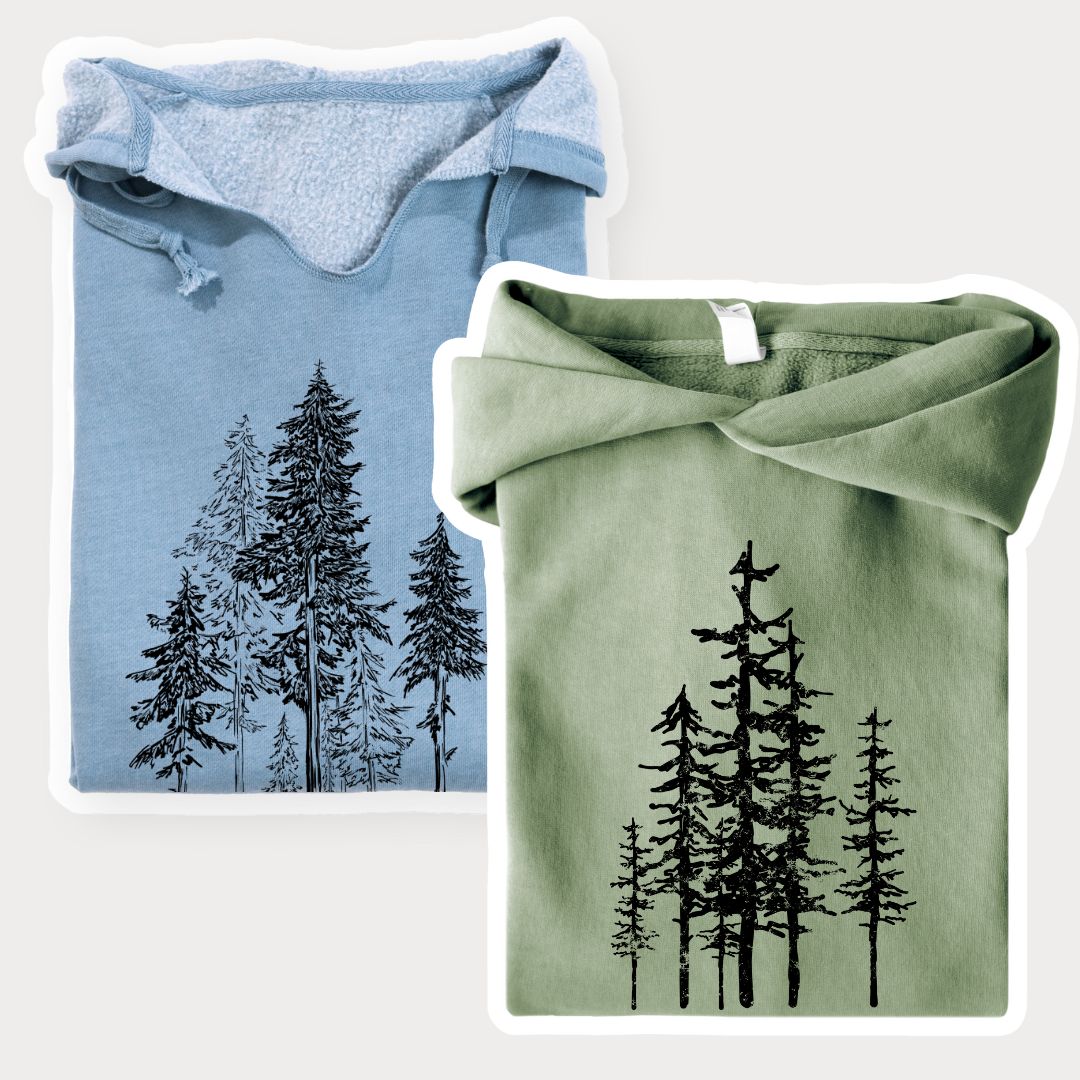
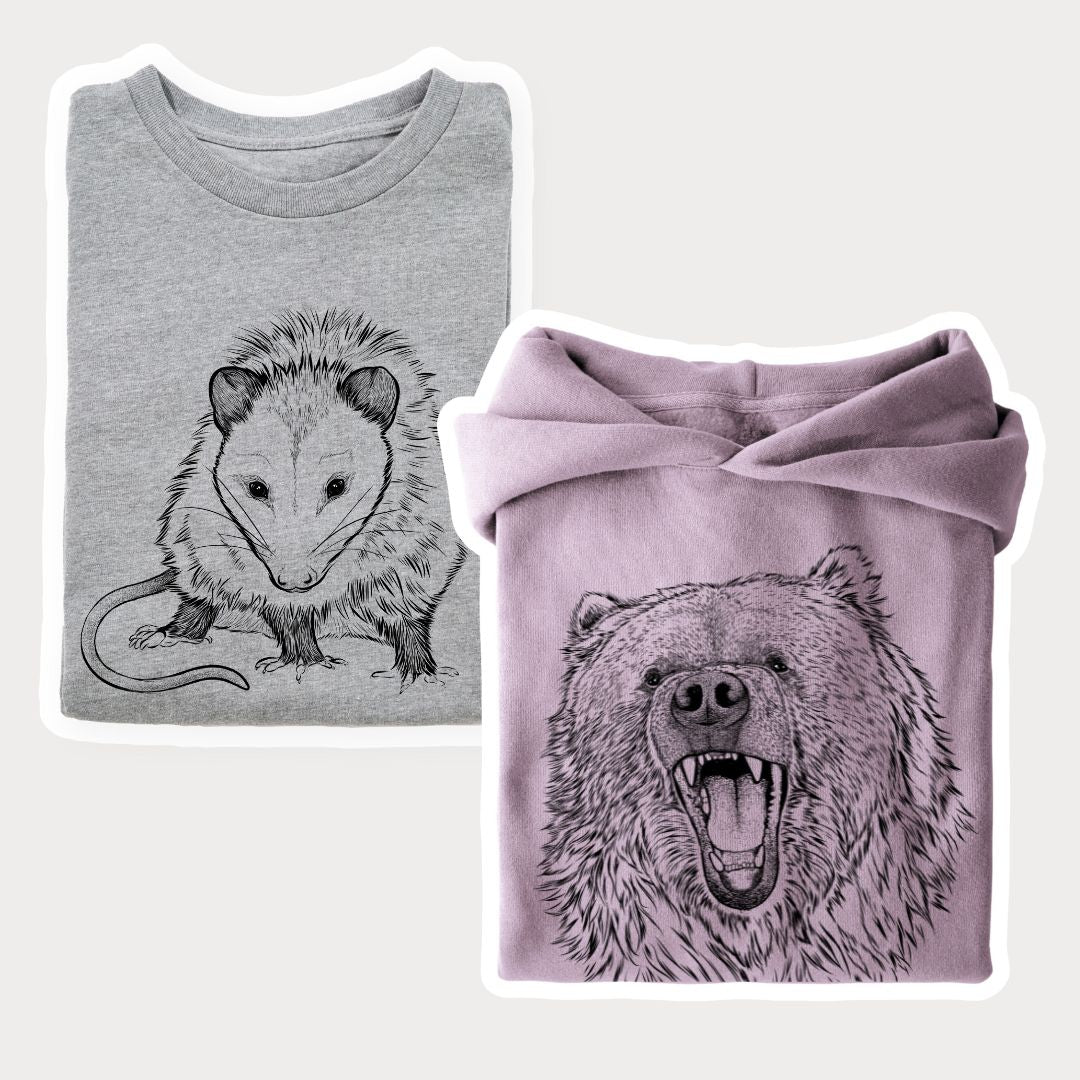


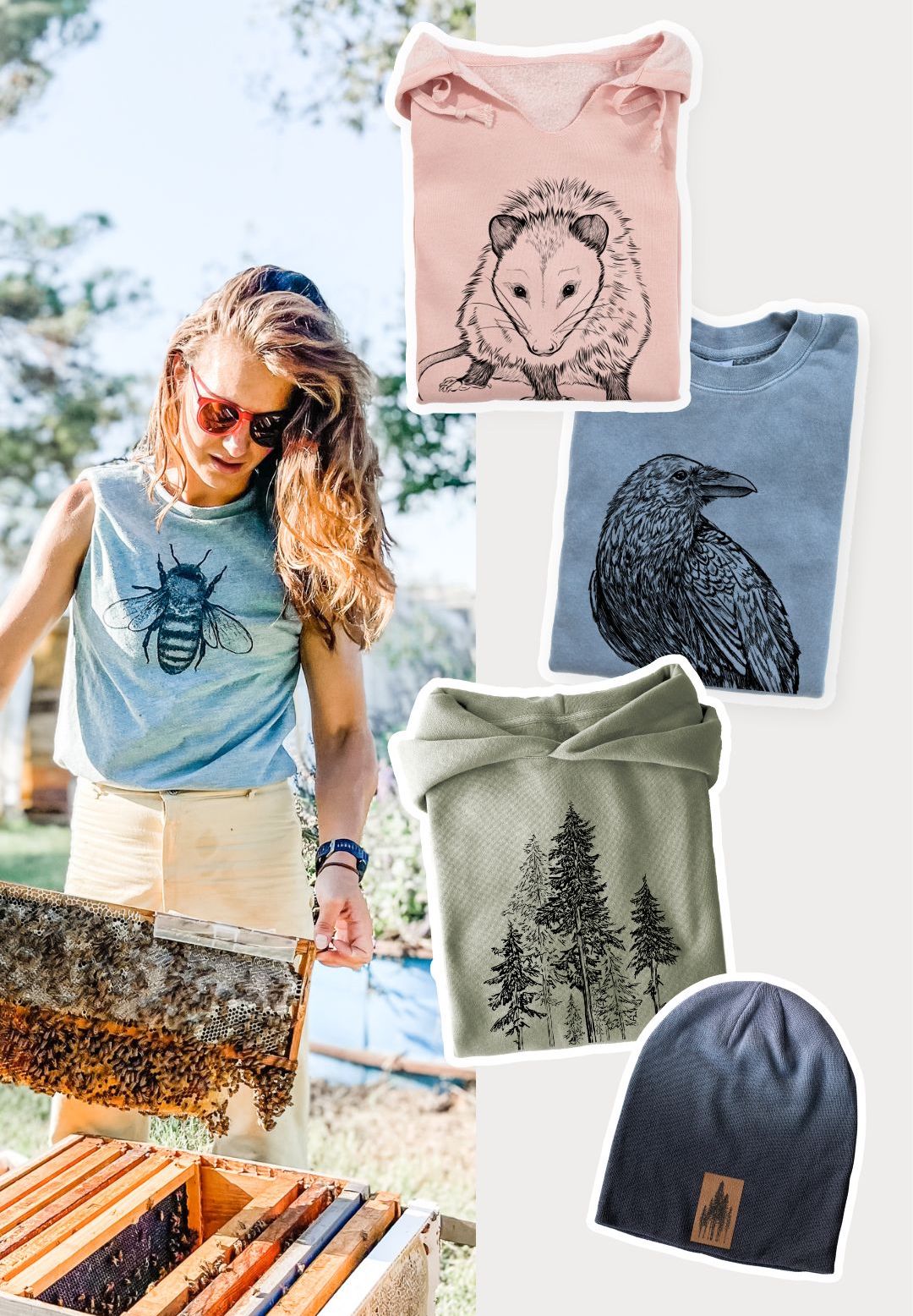

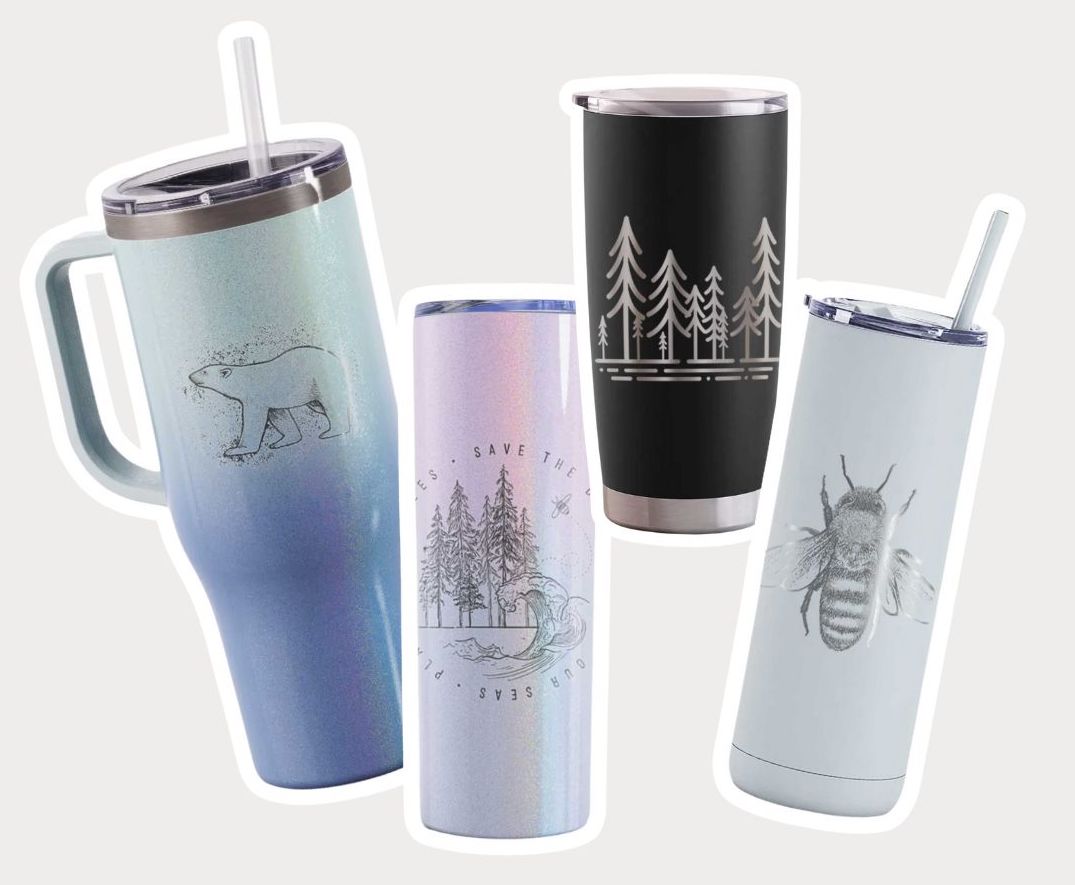

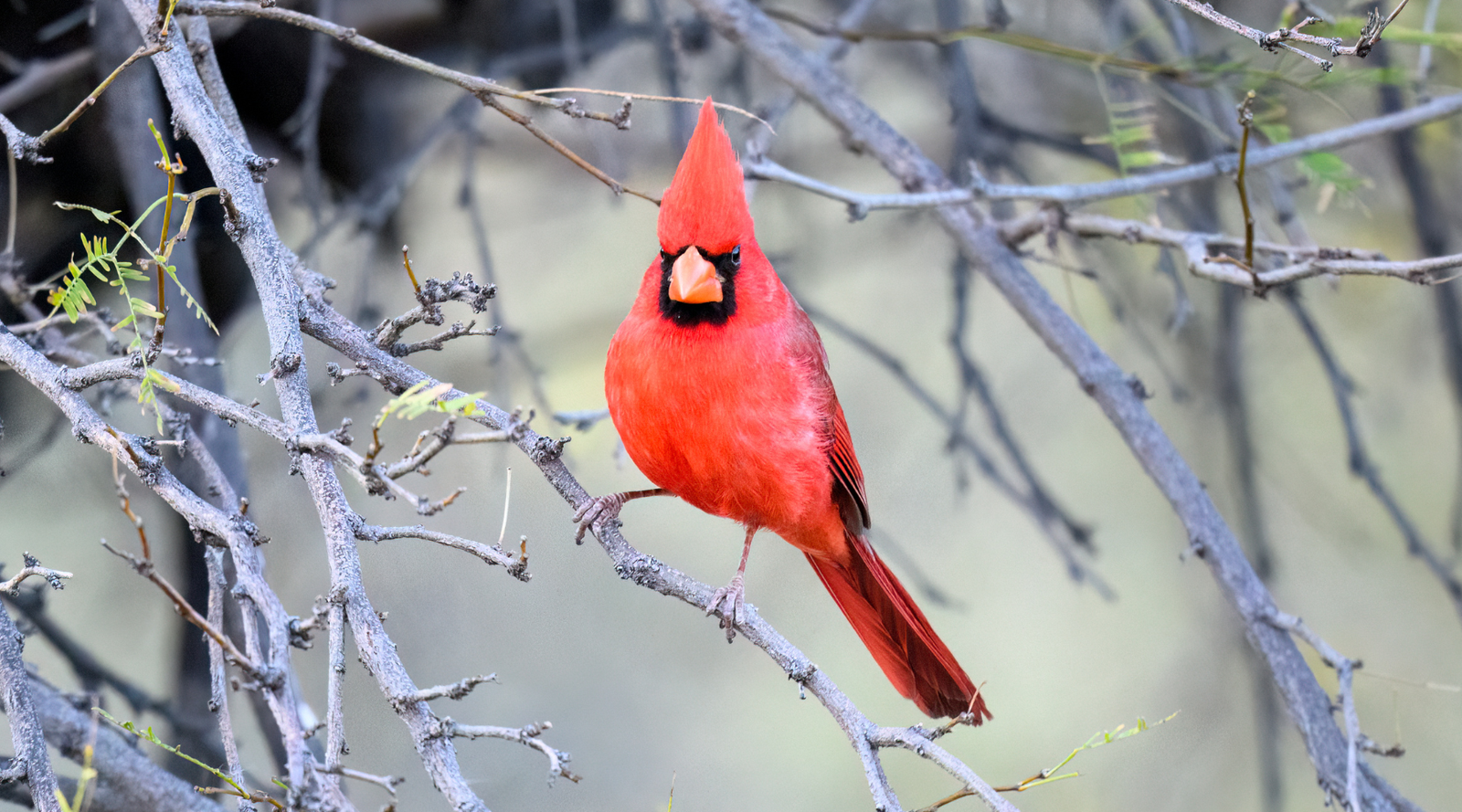
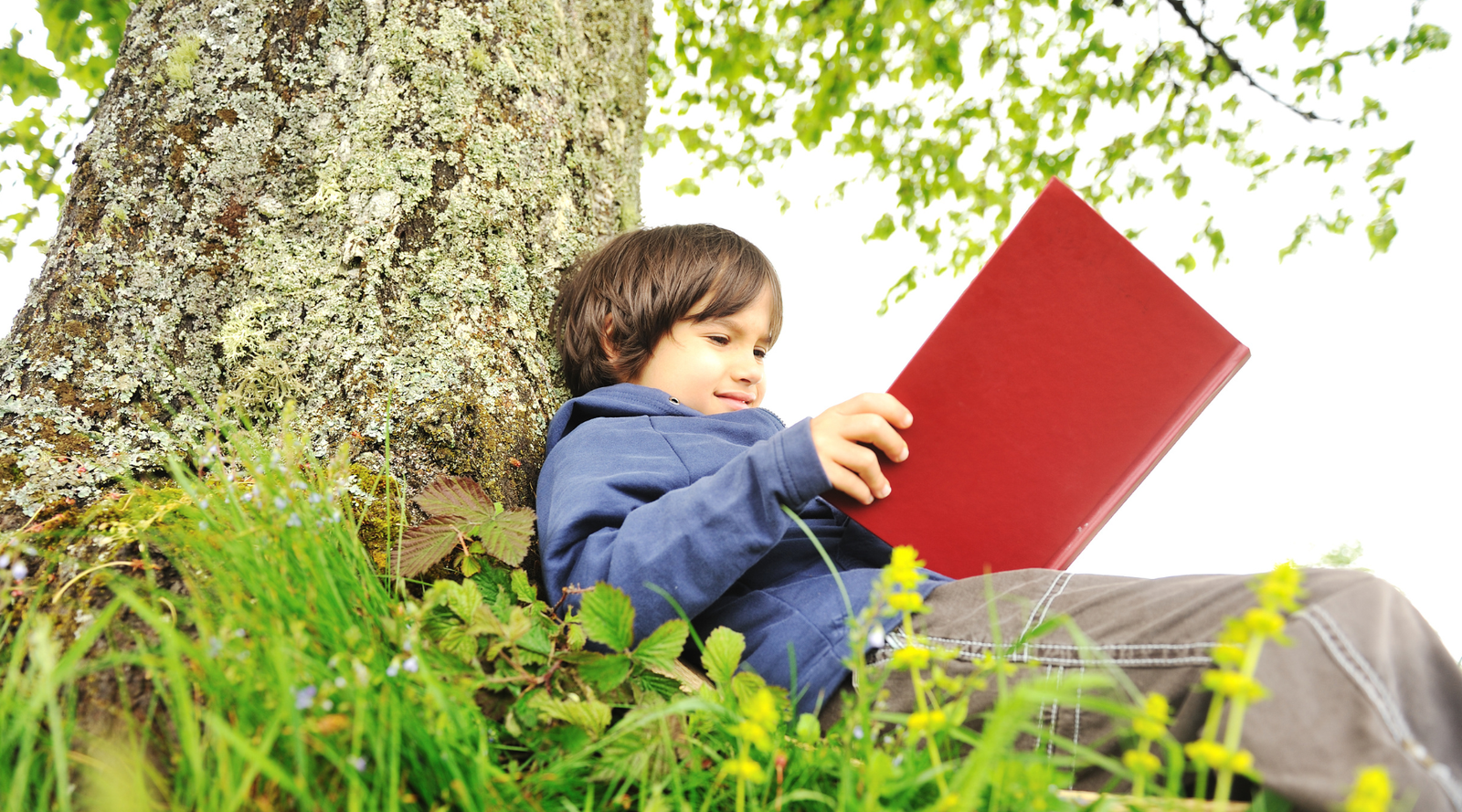

Leave a comment (all fields required)